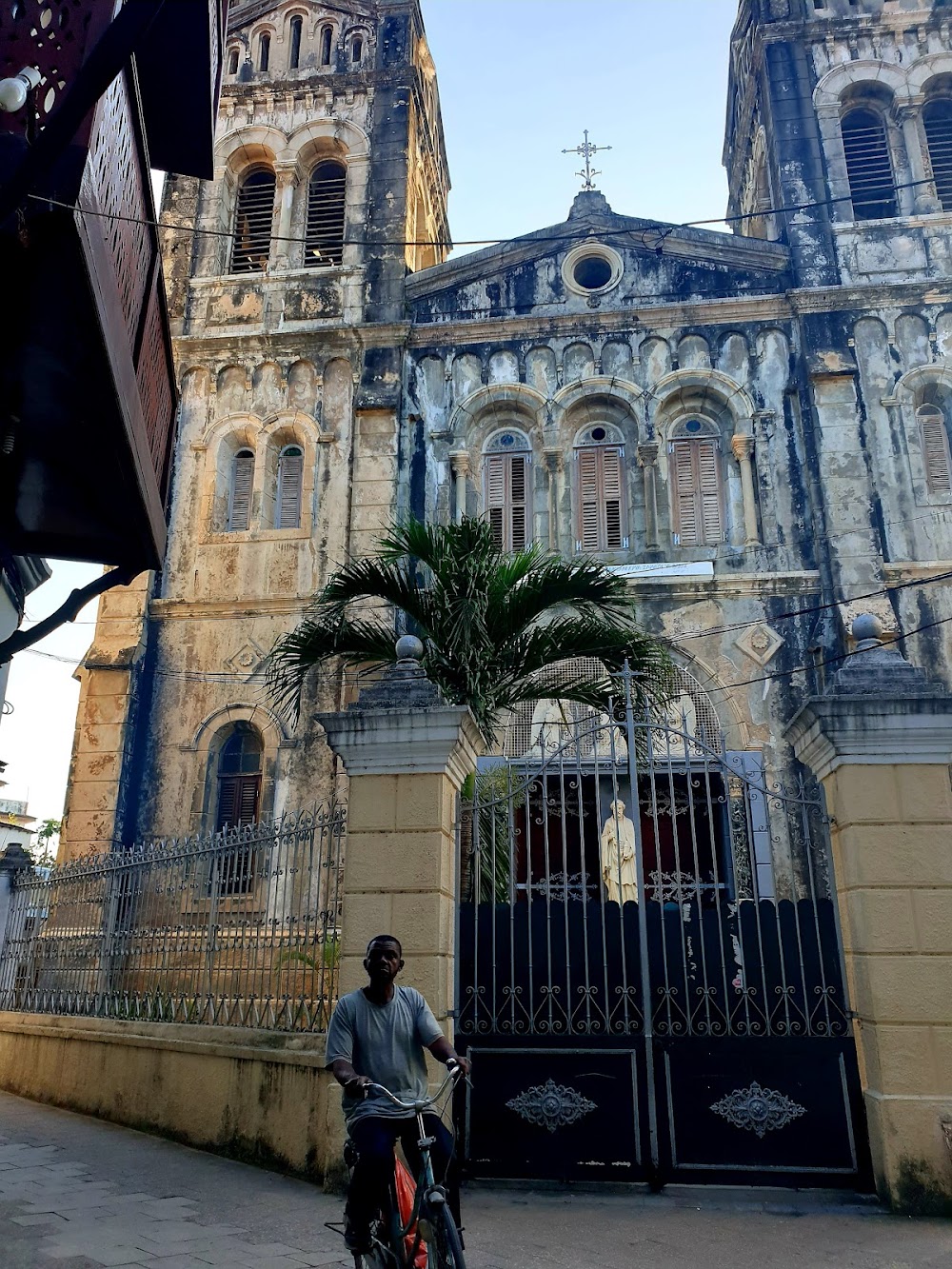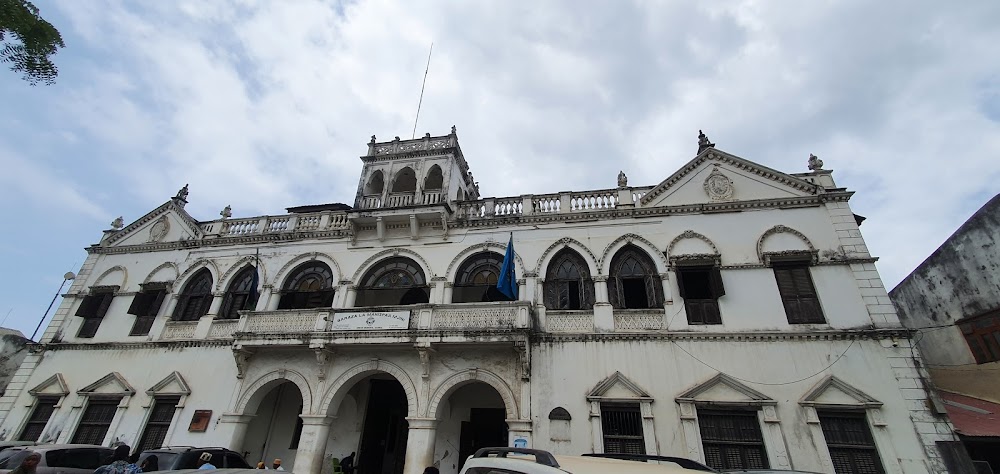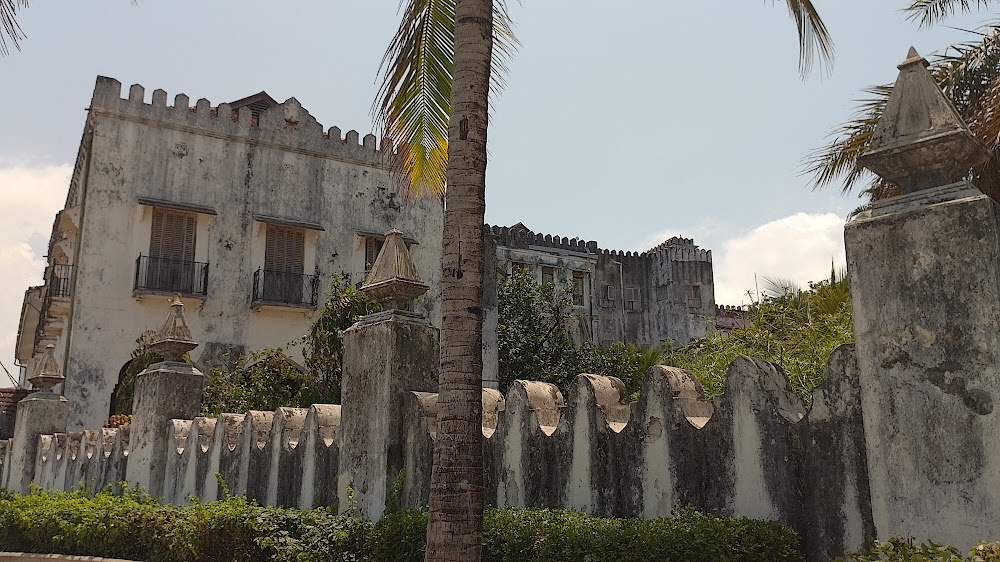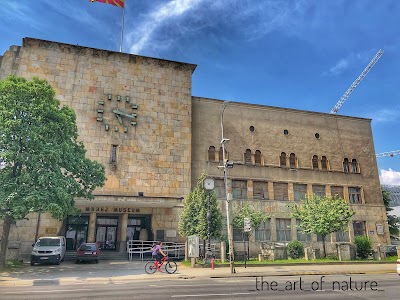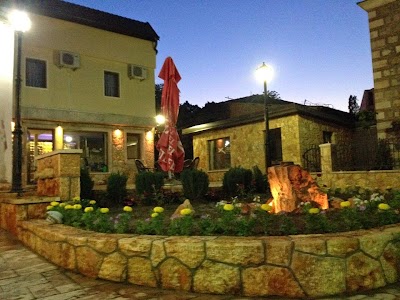Stone Town (Tanànan'ny Vato)
Overview
Stone Town, nestled within Skopje, Madagascar, is a place where ancient history meets breathtaking architecture. This historical site stands marvelously against the backdrop of modern life, inviting visitors to take a journey back in time.
The town's origins trace back to the early settlers of Madagascar, who arrived on the island some 1,500 years ago. These early inhabitants were known for their incredible stonework, using locally sourced limestone and granite to build resilient structures. Over the centuries, their craftsmanship was perfected, reflecting their evolving culture and social systems.
Visitors to Stone Town are immediately captivated by the intricately carved stone buildings that line the cobblestone streets. The town's layout is a testament to the ingenuity of its creators, showcasing a well-organized grid-like pattern, which was uncommon in ancient urban planning. The buildings serve various purposes, from residential homes to administrative centers, and they all feature distinct designs that reflect the era of their construction.
One of the most striking features of Stone Town is the Grand Plaza. This open space served as the heart of the community, where trade, social gatherings, and cultural ceremonies took place. The plaza is surrounded by towering buildings, which include the impressive Council Hall. This grand structure was used by the town's leaders to discuss and make important decisions regarding their community's future.
The construction techniques used in Stone Town were incredibly sophisticated for their time. Builders utilized a blend of traditional Malagasy methods and innovations that they learned through trade and contact with neighboring regions. For example, the use of interlocking stone blocks provided stability and durability to the structures, helping them withstand the test of time and environmental challenges.
In addition to its architectural wonders, Stone Town is also known for its complex network of underground tunnels. These tunnels were engineered for various purposes, such as water management, defense, and storage. The tunnel system highlights the advanced understanding the ancient builders had of engineering and urban planning.
The process of building Stone Town was a communal effort, involving skilled artisans, laborers, and planners. Oral histories passed down through generations tell of a highly organized workforce, where each individual's role was vital. The craftsmen who carved the stones were revered for their skill, and their contributions are still admired today.
As the centuries passed, Stone Town experienced periods of prosperity and decline. It flourished as a trading hub, attracting merchants from across the Indian Ocean. Over time, though, political shifts and economic challenges led to its gradual abandonment. Despite this, the town's structures remained remarkably intact, largely due to the durability of the stone used in their construction.
In recent years, efforts have been made to preserve Stone Town and share its rich history with the world. Archaeological projects, spearheaded by local and international teams, aim to uncover more about the people who lived there and the techniques they used. Today, Stone Town stands as a testament to the ingenious spirit of its ancient builders and offers a window into Madagascar's storied past.
Walking through Stone Town, one can't help but marvel at the sheer skill and determination it took to create such an enduring legacy. The town's intricate carvings, robust construction, and thoughtful layout continue to inspire and amaze, making it a treasured landmark in the heart of Skopje, Madagascar.


